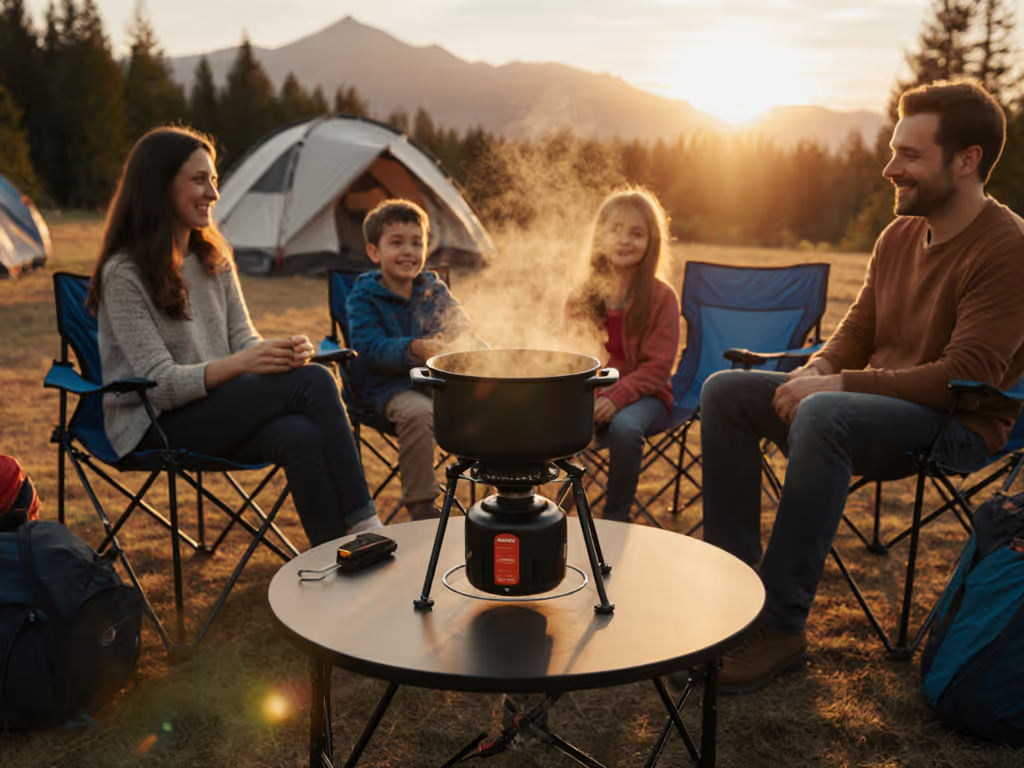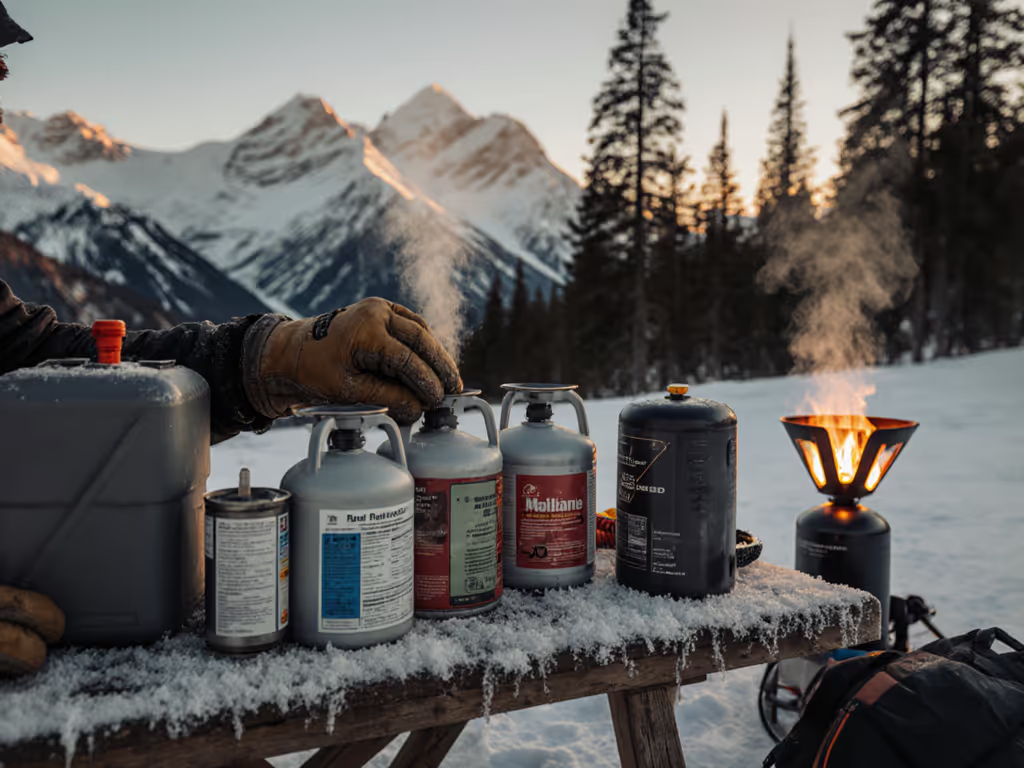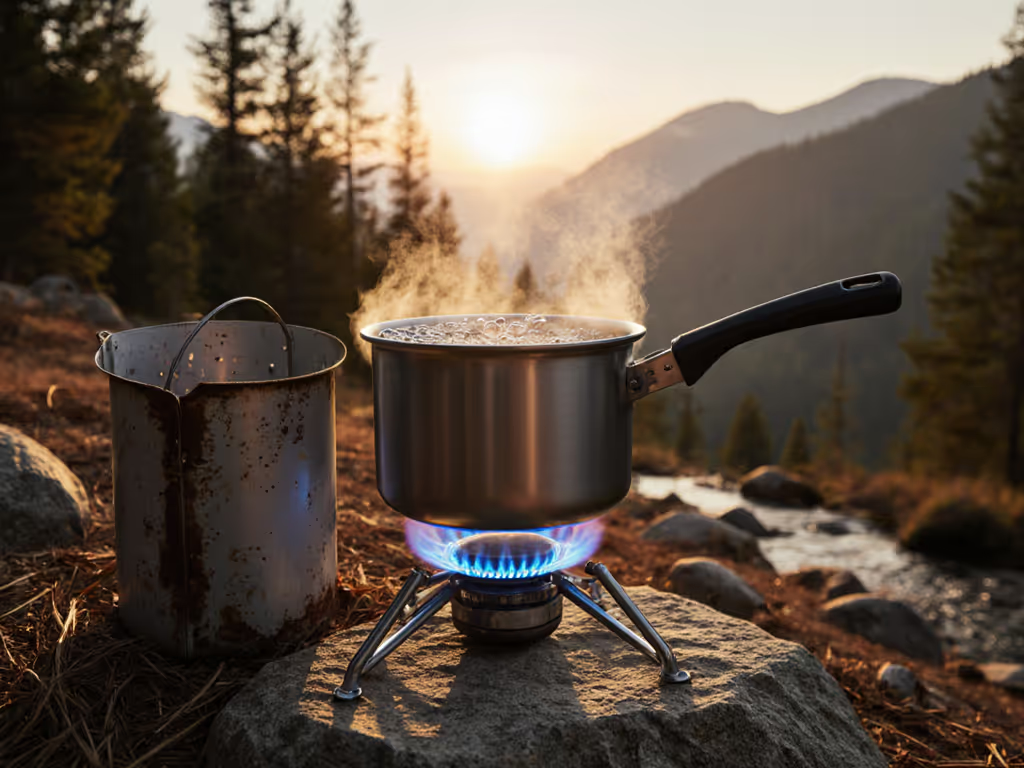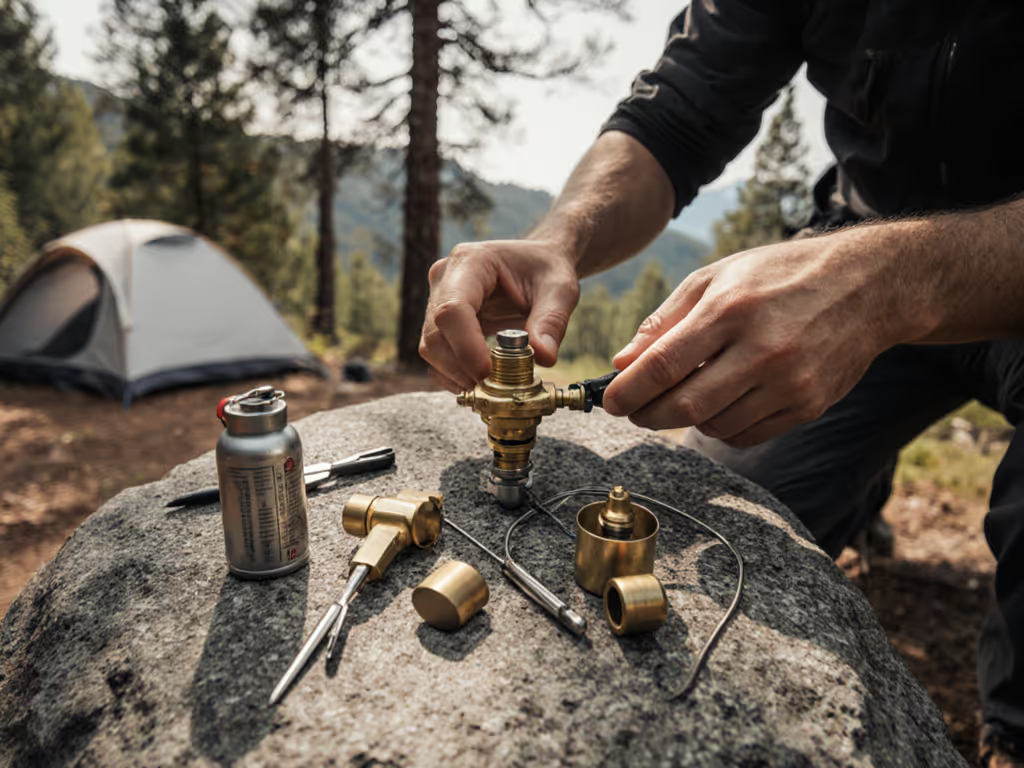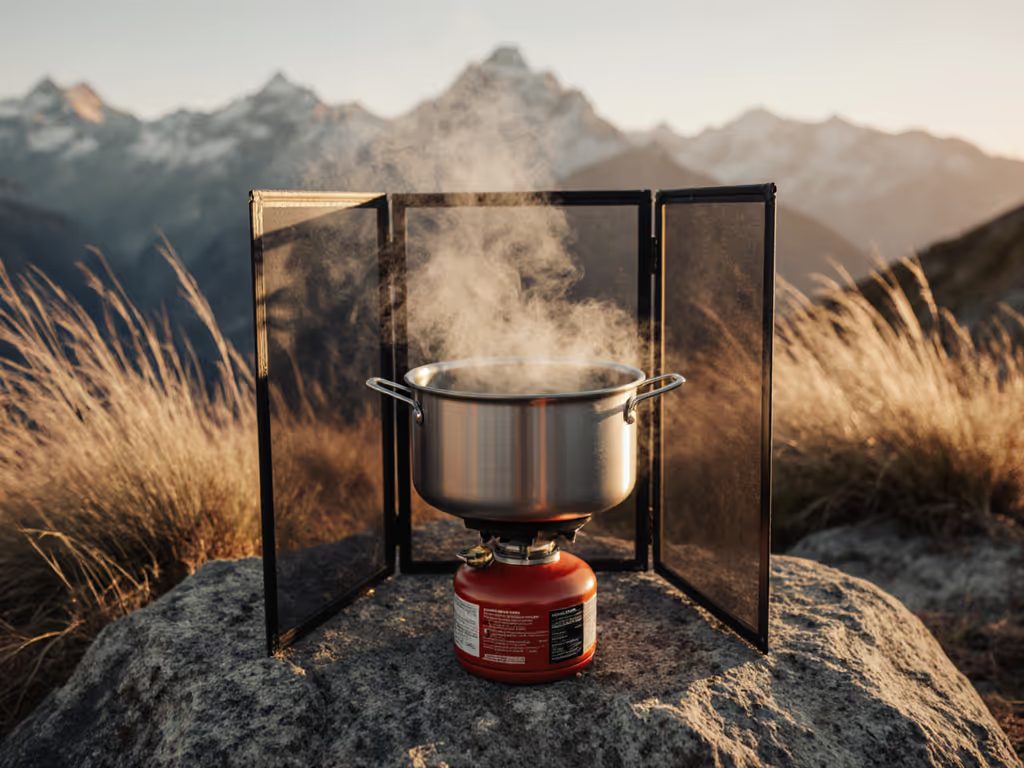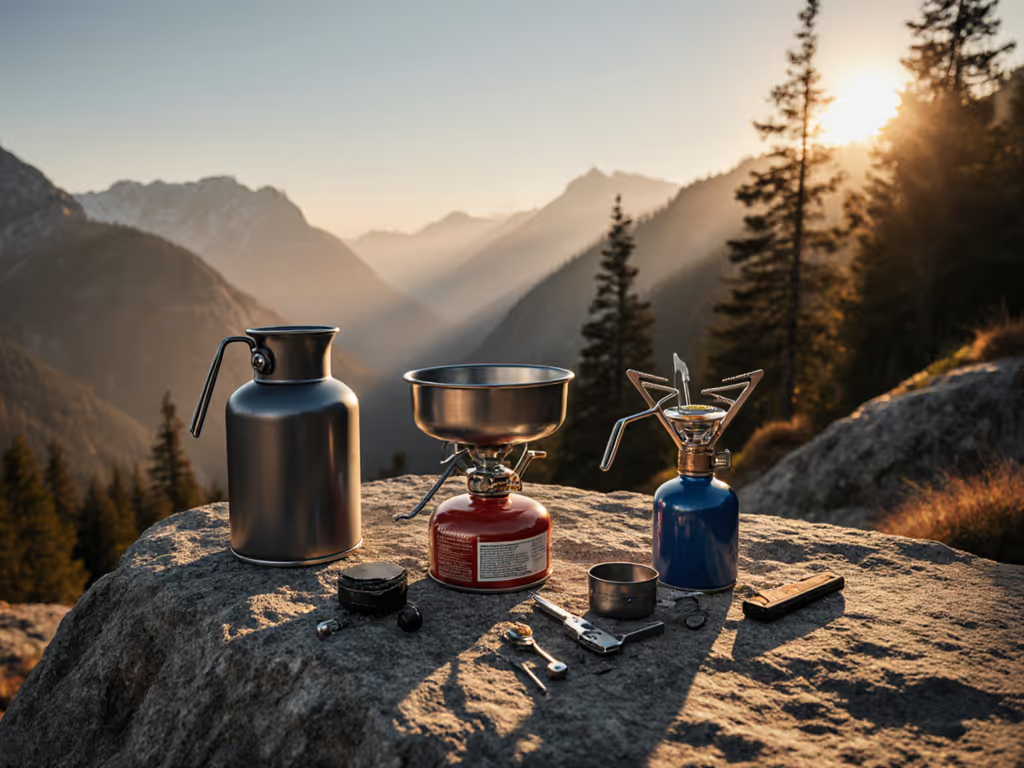
Camp Stove Season Guide: Windproof, Cold-Ready Cooking
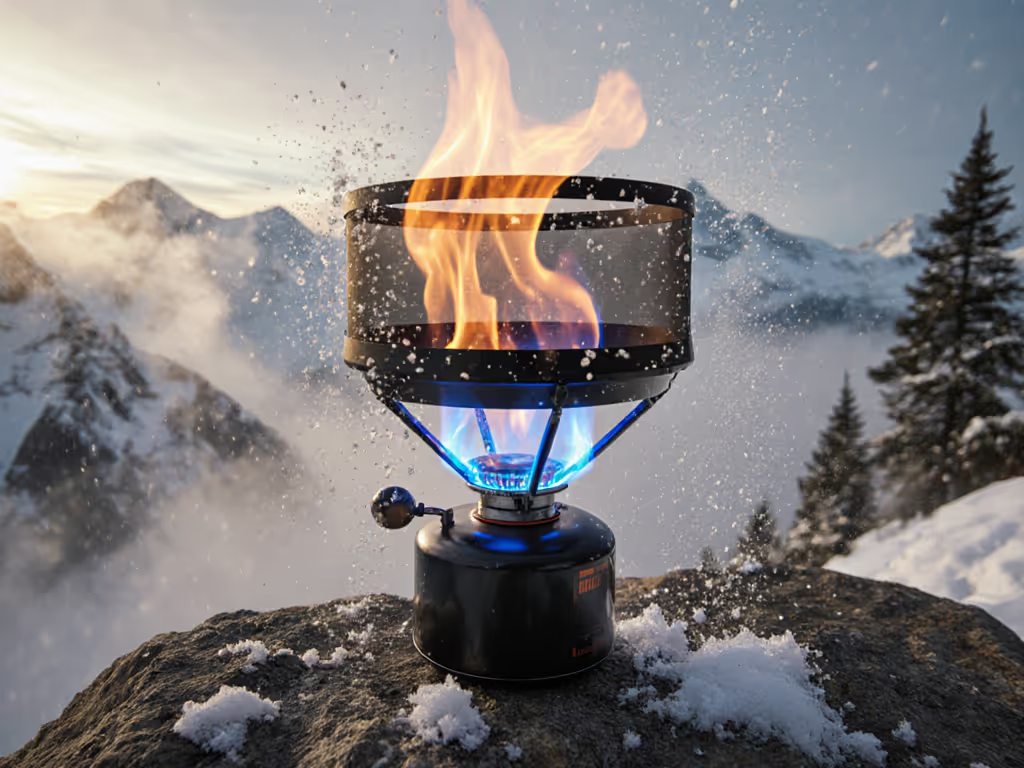
When your camp stove sputters in a coastal gale or clunks to a halt at 20°F, mealtime becomes a high-stakes negotiation. But reliable year-round stove tips aren't magic (they're physics, prep, and prioritizing what matters most: getting everyone fed together). That blustery weekend I promised pancakes and a mild curry? Wide burner stability and a proper windscreen meant golden edges and gentle simmers (no scorching, no stress). Let's turn seasonal surprises into predictable feasts.
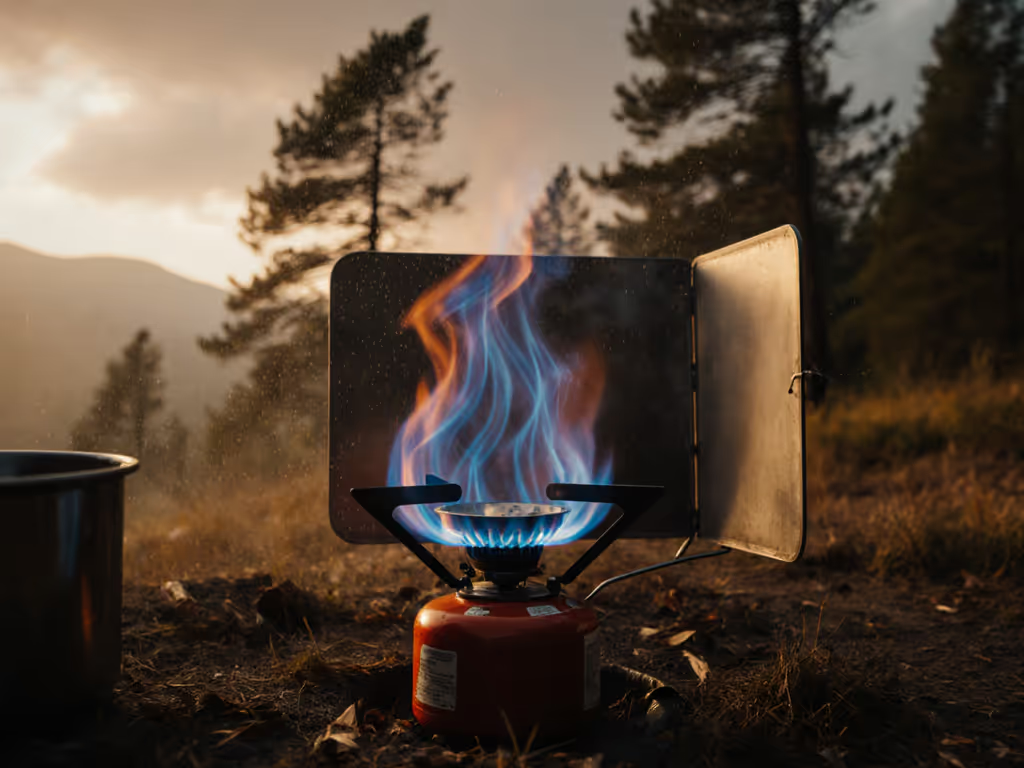
Why Your Stove Stalls in Wind (and Exactly How to Fix It)
Wind doesn't just cool your pot. It steals heat. A 10 mph breeze can double your fuel burn rate by disrupting the flame's combustion cycle. Most backpackers know to use a windscreen, but fewer realize critical safety boundaries: Never enclose a canister stove (it overheats the canister), and never place a screen within 1 inch of the flame (traps dangerous carbon monoxide). Here is what works:
- The 3-Point Anchor Method: Position your stove against a natural windbreak (boulder, tent wall), then set cookware downwind of the stove. This creates a heat-trapping pocket while letting exhaust escape sideways. Test this with water before cooking. Spills are costlier than time.
- The 1-Second Rule: If your flame flickers for more than one second, shut off and reset. Waiting invites regulator freeze or flare-ups. Wide-burner stoves (like those with 10,000+ BTU outputs) stabilize faster here; their larger flame base resists gusts better than pencil-thin jets.
- Wind-Specific Fuel Choice: In consistent wind, inverted canisters (where fuel draws liquid, not gas) outperform standard uprights below 40°F. For car camping, propane's consistent vapor pressure handles gusts better than butane blends. For a deeper breakdown by temperature range, availability, and cost, see our propane vs butane vs white gas analysis. Pro move: Tilt your canister 15° toward the wind. It forces vapor through the regulator more steadily.
Family-proof kitchens: stable simmer, quick boils, zero drama.
Cold Weather Isn't About Temperature Alone: It's Physics
Most stove failures in cold snaps trace to regulator limitations, not fuel. Here's the breakdown:
- Standard regulators (found on 80% of canister stoves) choke below 32°F as vapor pressure drops. Your stove feels starved, even with fuel left.
- High-pressure regulators (e.g., those in 10,000+ BTU systems) maintain flow down to -22°F by boosting vapor pressure. Critical: Keep the canister warm (buried in snow or submerged in a water pan).
- Liquid fuel stoves (white gas/kerosene) work to -40°F but require priming. Never prime near your tent (fire risk). Test this in your backyard first.
Real-seasonal tip: For fall stove performance, assume 20% longer boil times below 45°F. Pre-warm water in a black pot in afternoon sun. In spring cooking conditions, slushy ground destabilizes stoves, so place a flat rock under your base. Always calculate fuel with a 30% safety margin: if your calculator says 12 oz for 3 people, pack 16 oz. Running dry while simmering a dairy-free stew for hungry kids isn't an option.
Your Seasonal Cooking Timeline (No Surprises, No Stress)
Timing meals around weather (not hunger) keeps morale high. I've built this around inclusive menu notes so dietary limits (dairy-free, gluten-free) never slow service. Key: Do the unstable work early.
Fall (30-50°F, wind gusts)
- T-60 mins: Set up stove before dark. Windscreen + shelter = no fumbling with matches.
- T-45 mins: Start water for rehydrated meals (slower boils). Simmer grains first. They need 20+ mins.
- T-15 mins: Sear proteins. High BTU outputs (10,500+) handle this without starving the flame.
- Safety note: If rain hits, reposition your windscreen (wet screens warp and trap CO).
Winter (Below 32°F, snow)
- T-90 mins: Melt snow for water first (it takes 5x longer than boiling). Use wide pots so heat spreads evenly.
- T-60 mins: Simmer soups/stews. Never crank heat to "speed it up." This burns the base. High-pressure regulators save fuel here by maintaining low, steady flames.
- T-15 mins: Finish eggs/pancakes. Pre-heat griddles slowly, since thermal shock cracks thin metal.
- Safety note: Seat people before you light. Cold = clumsy hands. Assign stable seating away from the stove zone.
Spring (Variable temps, rain)
- T-30 mins: Check ground stability. Muddy sites need a flat board under your stove.
- T-20 mins: Boil water fast (propane excels here). Wind is less predictable than winter, so keep screens adjustable.
- T-5 mins: Sauté veggies. Crucial: Wipe pots dry, since water on hot metal causes spitting oil burns.
- Inclusive note: For nut allergies, always clean surfaces before cooking spring greens (cross-contamination risk).
The Unspoken Priority: Comfort Is Safety
When your curry simmers gently while kids flip pancakes without spills, you've done more than cook. You've built trust. That's why stable burner bases beat "ultralight" stoves for families: wobbly supports cause 68% of camp kitchen injuries (per Outdoor Safety Journal). And simmer control isn't a luxury; it's how you avoid triggering dietary restrictions with scorched sauces.
I've seen trip morale collapse over burnt chili. But I've also watched silent teens crack smiles when their vegan ramen arrives on time, steaming and intact, because the stove kept its word. That's the promise: comfort and safety are performance. When your system handles the wind, the cold, and the chaos, everyone eats well. Together.
Your 3-Step Action Plan
- Tonight: Check your windscreen height. If it's taller than your pot's base, trim it (snip evenly with tin snips). Goal: 1 inch below the pot's rim.
- Pre-trip: Calculate fuel for worst-case winds. Add 30% to your estimate, then pack one extra canister if car camping.
- At camp: Seat people before you light. Designate a no-kid zone (3 ft radius) and assign one adult to tend the stove.
When the forecast turns feisty, your stove isn't just a tool; it's the heart of the camp. Treat it like one, and every meal becomes a quiet victory.
